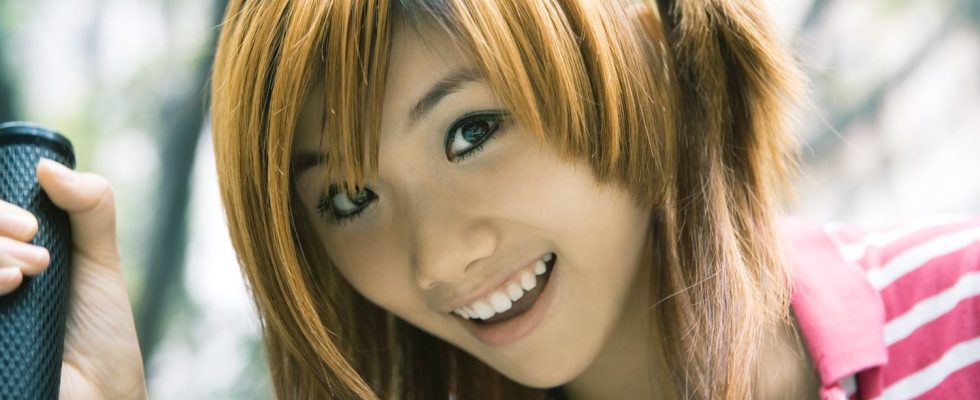With the coronavirus, the Japanese have gotten used to the mask, but they have lost that… of a smile! To find her, they will take lessons.
It’s only been three months since Japan stopped recommending the wearing of the mask against the Covid, everyone can now freely remove it or keep it. A decision that makes a large part of the population dizzy. Because hiding for three years behind these “face panties” as young Japanese people sometimes say, in the end it was comfortable. Reassuring.
Today many feel destabilized at the idea of exposing their mouths or chins in public. And above all, they no longer know very well how it works, how you make your zygomatics work. Result: schools to learn (or relearn) to smile are a resounding success. One of them ensures that demand has quadrupled compared to 2022.
Learn to stretch your facial muscles
You can take individual lessons, it’s around fifty euros per session, or join a “smile class”. You are seated at a table, you are taught to gently remove your mask without shaking in front of everyone. Then in front of a small mirror, you practice stretching your facial muscles, showing your teeth, squinting or puffing out your cheeks under the guidance of a coach.
Keiko Kawano is a smile teacher at “Egaoiku” (“Smile Education” in Japanese). His method, the trademarked “Hollywood Style Smiling Technique,” includes “crescent eyes,” “rounded cheeks,” and contouring the edges of the mouth to reveal the top eight teeth. She also uses facial detection software: it allows her to note the smiles of her students. Among them there are salespeople, young people preparing for job interviews or people who simply want to feel comfortable even without a mask. “A smiling faceshe says, is synonymous with happiness“.
A former radio host, Keiko Kawano started giving lessons in 2017 and, according to the South Morning China Posthas also trained 23 other people as smile coaches to spread the virtues and technique of making the perfect smile across Japan.
A phenomenon that will last
In a survey by the NHK television channel carried out in May, however, three out of four people ensure that they will continue to wear the mask. Less out of fear of the virus than of social pressure. These schools of smiles therefore have a bright future ahead of them.
The Japanese, who tend to be less expressive than Westerners, prefer to bow rather than smile: this opens a vein for training, especially in business. And we are not just talking about employees who are in direct contact with customers. Some learn to smile more at their colleagues! It seems to be good for productivity.
